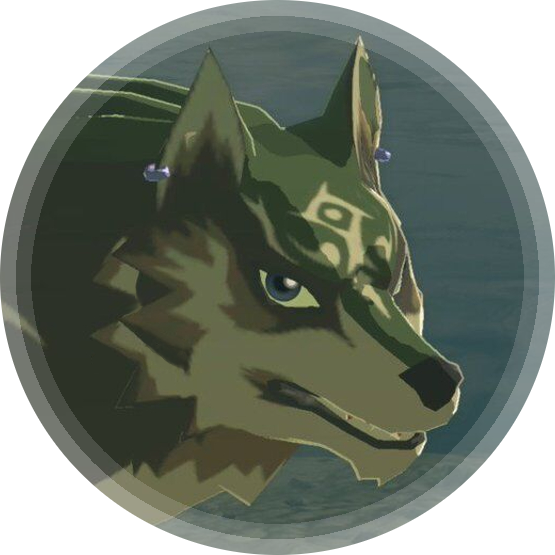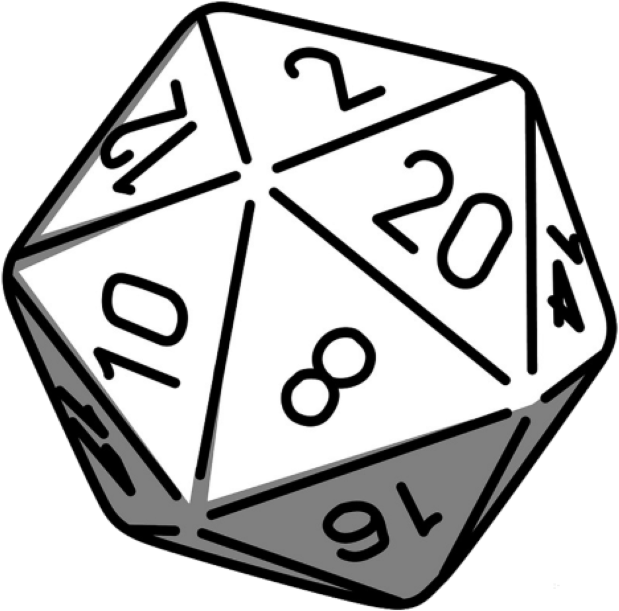- original source: https://www.tumblr.com/firebirdeternal/616605850794065920/you-know-whats-more-fun-than-worldbuilding-that
The post, in case you don’t want to click on an offsite link:
You know what’s more fun than worldbuilding that makes some fantasy races EEEEVIIIIIIILLLLL???
Worldbuilding that gives the different races cultural differences that help explain why there’s a lot of conflict between them:
Goblin culture doesn’t have a concept of “Property”. A stick on the ground and a tool in a locked shed are equally up for grabs if a thing needs doing. They casually take and leave things all over their communities, eat from communal pots, and genuinely Do Not Understand why the Core Races are so Angry and prone to Violence all the time.
Consequently Goblins who live near Core communities develop a reputation as “Thieves” despite not even having a word for that. (The closest word they have is more like “Greedy” and it means a person that hides things so nobody else can use them, and it’s a surefire fight-starter to call a Goblin that)
Common Orc Spiritual beliefs hold that a Soul can only grow stronger by overcoming Challenges in life, and see intruding on another person’s Challenge unasked for as not just Rude, but Deeply Harmful. You’re Stealing their chance to Grow. Asking for help is deeply personal and doing so can be both a way to grow closer with them or a too-personal intrusion, depending on your existing relationship with them. An exception is Children, as far as most Orcs are concerned, all Children are fundamentally the responsibility of the Whole Community, regardless of whose child they are, or even if said child is an Orc at all.
This means that Orcs who live near Core neighbors often seem Rude and Standoffish if not outright hostile, because they neither ask for nor offer aid even in times of trouble, and respond to unasked for aid themselves with Anger. There are even rumors that they Steal Children, because if an Orc finds a child lost in the woods they’re pretty much immediately going to start feeding it, and if they can’t find where to bring it back to, or it doesn’t seem to be well cared for, they’re just gonna keep it.*
I just love the idea. It’s a lot more believable and nuanced than the “this race is inheritely evil/good/dumb/advanced for no particular reason” some RPGs pull off, and makes certain allegedly “evil” races actually playable if you’re not relying on a system that already has them as playable characters.
Do you have any similar homebrew concepts for your versions of Goblins, Kobolds, Orcs, Dwarves etc.?
The thing is, this is still tying culture to race. If there is no racial essentialism to the traits you describe, then there’s no reason to say that some goblin cultures / sub-cultures do understand the concept of property - and disagree with what they understand to be stealing. Etc.
I think racial descriptions in fantasy games are more like tendencies. Tendencies that often have to do with the environment that each typically grows up in. I thought this was the traditional view, but maybe not.
While there are of course deviations from the norm, it is hard to lay this out in a digestible way. Simplification help readability. NPCs or locations that break these norms seem like a more pleasant way of de-essentializing.
This reminds me a lot of the conflict between dwarves and trolls on the Discworld. Essentially dwarves like to mine and follow seams of valuable minerals. Trolls are silicon based lifeforms that are essentially walking, talking mineral seams. A troll will be very annoyed to wake up to a pickaxe in the ear, and a dwarf will be very annoyed that the seam they found decided to stand up and kick them in the rocks. Do this for a few generations and all of the sudden you have the Battle of Koom Valley brewing. Again.
I miss Terry Pratchett
I have a fun headcanon about dwarves: Their bones contain a toxic substance they call Stone-Marrow. Dwarves take pride in a potent Stone-Marrow, as any achievements a dwarf has are even more impressive if they were under the effects of a powerful poison at the time. This also ties into dwarven drinking culture, as alcohol resistance is a sign of strong marrow.
Stone-Marrow is even tied into dwarven funerals. When a dwarf dies, their bones are used to forge metal tools that are handed down to their descendants. The Stone-Marrow causes the metal to grow strong in ways other races can’t recreate, no matter how hard they try. Because the objects made from a dwarf are decided by the dwarf, they are said to carry the will of that dwarf with them. All of this combines to mean that when a dwarf fights with a steel axe left to them by their grandfather, they are literally fighting with their grandfather in their hand.
The only restriction on metals used for dwarven funerals is gold, as only royalty can be turned into dwarven gold. The throne and crown is made of dwarven gold, giving the current king a feeling for the support given by the kings of the past, and the weight of responsibility their position comes with.
So if you ever need an insult to give to an elf, call them “marrow-less!” But never insult a dwarf’s weapons in front of them.
There is a lot of critic against the whole Good/Evil Lawful/Chaotic alignment and most RPG either don’t have any morality system, or different compass… A simplified D&D style alignment is great for board-gaming where you want to quickly says who is good and who is evil, but isn’t representative of real-life and doesn’t work for RPG, at least at the moment you want to write conflict a bit more complicated than Good versus Evil.
More important than culture, there is the point of view of various factions. Orcs are seen as dangerous barbarians who attack humans, but may-be orcs see human flesh very nourishing, need to give human flesh to kids if we want them to grow big and strong. Elves are at war against human, but may-be human are cutting the trees that elves need to live in. You example regarding property is pretty interesting. We’re on lemmy so let’s get political, in real-life many left-winger would agree that property is robberry Who is evil ? the person deciding that a piece of land and the cattle growing there is their’s or the person who cross that land and hunt that cattle to feed their family ? Isn’t the farmer asking gold to people wanting to feed their family the bad guy of the story ? Look at real-life, there is no such thing as good or evil only people with different opinion and objectives.
So when writing conflict, you need to take into account everybody opinion. Everybody needs the water from the river to water their crop, but the upstream clan decide to build a few canal to water more crop leading to drought in the downstream territories. There is plenty of real-life conflict based on that and it’s a very good pitch to start a war with things more complicated than evil orcs like to eat humans
The bigger problem occurs when players cast stuff like detect good and evil. If they cast it on the orcs, what do you tell them as a DM? Do you tell them what you think is their morality? Do you make the spell give an ambiguous result? Do you make the spell fail? All these options have benefits and drawbacks, but none of them are perfect.



